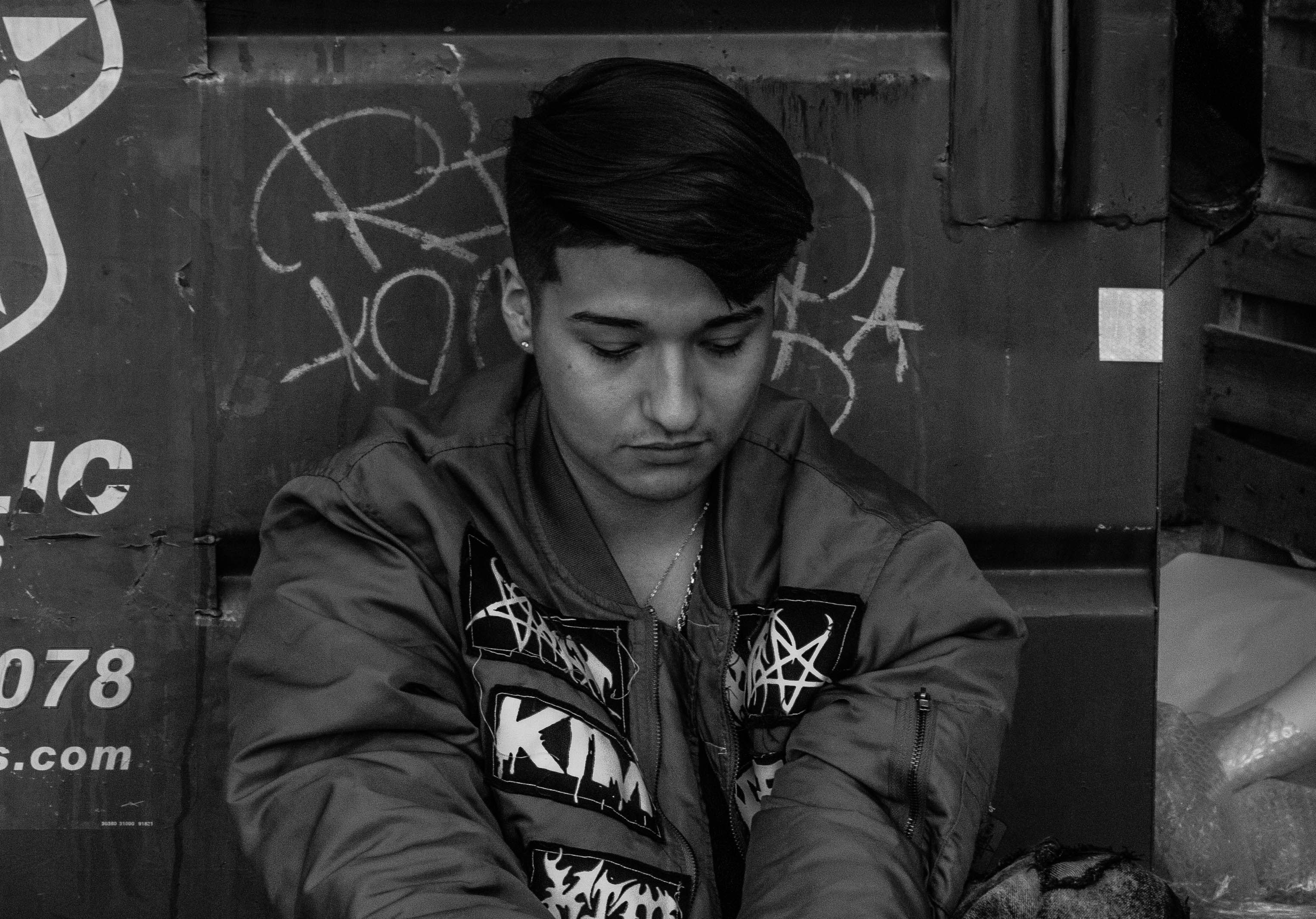When news of Kate Spade and Anthony Bourdain’s suicides broke, the world was shocked. But the sad reality is that suicide is much more common than you think. According to the American Foundation for Suicide Prevention, 47,511 Americans died by suicide in 2019.
As a nation, we don’t feel comfortable talking about mental health. There is a tremendous amount of stigma attached to it, and that makes people apprehensive about reaching out for help. There is also a tremendous lack of education and misinformation amongst the public when it comes to what mental health is.
What is Mental Health?
According to the U.S. Department of Health and Human Services, mental health consists of “emotional, psychological, and social well-being.” Traumatic experiences, biological and chemical factors, and genealogy all contribute to mental health issues like anxiety and depression. These conditions are widespread, impacting over 450 million people across the globe. The most prominent of these illnesses are anxiety and depression, but many do not know how to recognize these conditions.
Anxiety and Depression
People often have trouble distinguishing between anxiety and depression. A key difference in those who experience an anxiety disorder versus those who face depression is that depression causes lethargy and indifference about future events whereas anxiety makes sufferers more excitable and on edge with worry.
The Anxiety and Depression Association of America suspects that individuals may conflate the two because many struggle with both conditions simultaneously: nearly half of people suffering from depression also have an anxiety disorder. Another reason people mistakenly think that depression and anxiety are the same is because apprehension, insomnia, lack of concentration, and anger are characteristics of both mental health issues.
Recognizing Anxiety
Nationwide, 6.8 million adults experience Generalized Anxiety Disorder (GAD), but less than half seek treatment. Anxiety disorders in addition to GAD are panic disorder, separation anxiety, and phobias such as social anxiety disorder, fear of isolation (agoraphobia), and fear of heights (acrophobia). These are especially common in adolescents. Approximately one-fourth of teenagers between the ages of 13 and 18 suffer from anxiety disorders. This can impact adolescents’ ability to socialize, negatively affect their academic performance, and make them more susceptible to developing drug or alcohol addictions.
Anxiety makes people become tired quickly, fidget often, and experience sore muscles.
Other common symptoms of anxiety include:
- Feelings of panic or dread
- Restlessness and tenseness
- Panic attacks
- Digestive problems
- Insomnia
- Racing thoughts
- Chest pain
- Confusion and/or dizziness
If these symptoms are difficult to manage and last regularly over a six-month time frame, an individual may be formally diagnosed with GAD. Unfortunately, anxiety disorders often co-occur with eating disorders, sleep disorders, bipolar disorder, ADHD, irritable bowel syndrome, fibromyalgia, substance abuse, and depression.
Recognizing Depression
Depression is another prevalent mental health concern, though many people who suffer from it feel alone in experiencing melancholy thought patterns and behavioral changes.
Common symptoms of depression include:
- Feeling hopeless or helpless
- Being easily irritated or angered
- Not enjoying things that once brought joy
- Having low self-esteem
- Low social battery
- Lack of energy
- Changes to the menstrual cycle
A study conducted by the National Institute of Mental Health indicated that 16.2 million American adults have suffered from at least one major depressive episode. Over one-third of these individuals did not seek treatment, indicating that changes in society’s collective views about mental health issues are necessary to prevent sufferers from feeling ashamed to seek help.
Why is Addressing Mental Health Concerns Important?
There are serious consequences that can occur if mental health issues go untreated. Individuals may have thoughts about self-harm and suicide or turn to drugs and alcohol as a coping mechanism. Without help, most are unable to get better.
Talking about mental health the way we talk about physical health helps to break down the barriers to treatment that many experience. It allows those who are struggling to feel safe speaking up and seeking out the help they need. Just as there is nothing shameful about seeking out professional help when you catch the flu or hurt your back, there is nothing shameful about getting help for anxiety or depression.
How to Seek Help
Speaking with a loved one you can trust is often the first step. For those who feel more comfortable speaking with a mental health professional, there are therapists, counselors, and psychiatrists. There are also mental health organizations that connect individuals in need with mental health resources.
Those who are experiencing a crisis and need immediate help can reach out to the National Suicide Prevention Lifeline at 1-800-273-TALK (8255) or via their web messaging service. This crisis center network provides around-the-clock, confidential support for those struggling with suicide and emotional concerns or those who have concerns about loved ones contending with a mental health problem. Their website contains resources for young people, disaster and loss survivors, veterans, Native Americans, the LGBTQ+ community, and those who have attempted suicide.
Advocates for Mental Wellness
Whether you personally struggle with mental health issues or want to support a loved one, you do not have to look far to find like-minded individuals with the same goal of promoting mental wellness. There are several prominent national organizations that draw attention to mental health issues and offer support services, including the National Alliance on Mental Illness (NAMI) and the Depression and Bipolar Support Alliance.
Additionally, individuals interested in the subject of wellness can look to a number of famous pop culture figures who have been outspoken about mental health awareness. These celebrities include Demi Lovato, who released a mental health documentary entitled “Beyond Silence,” Grammy-winning artist Kendrick Lamar, who raps about his first-hand experiences with depression, and Lady Gaga, who started the Born This Way Foundation after grappling with post-traumatic stress disorder (PTSD).
What Communities Can Do to Help
Attentiveness and transparency are key where conversations about mental health are concerned. The National Prevention Council has recommendations that individuals, families, and larger groups can utilize to reduce the stigma against mental illness. They suggest that families build open communication about bullying and encourage youth to participate in extracurricular activities and civic engagement. The Council also encourages communities, nonprofit organizations, schools and universities, the healthcare industry, employers, and local governments to offer inclusive and expansive mental health services and programs aimed at diagnosing and managing mental, emotional, and behavioral issues.
If you or a loved one is struggling with addiction, Mountainside can help.
Click here or call (888) 833-4676 to speak with one of our addiction treatment experts.

 By
By 






